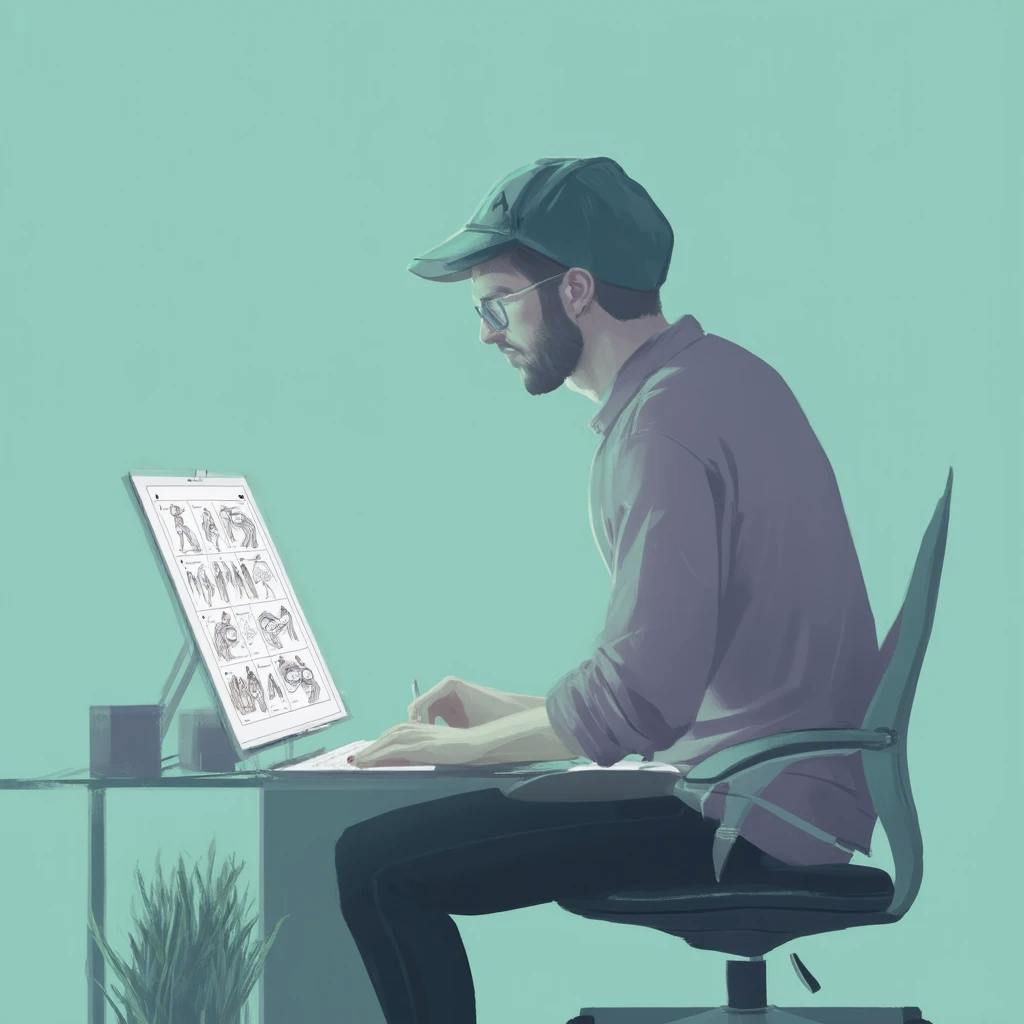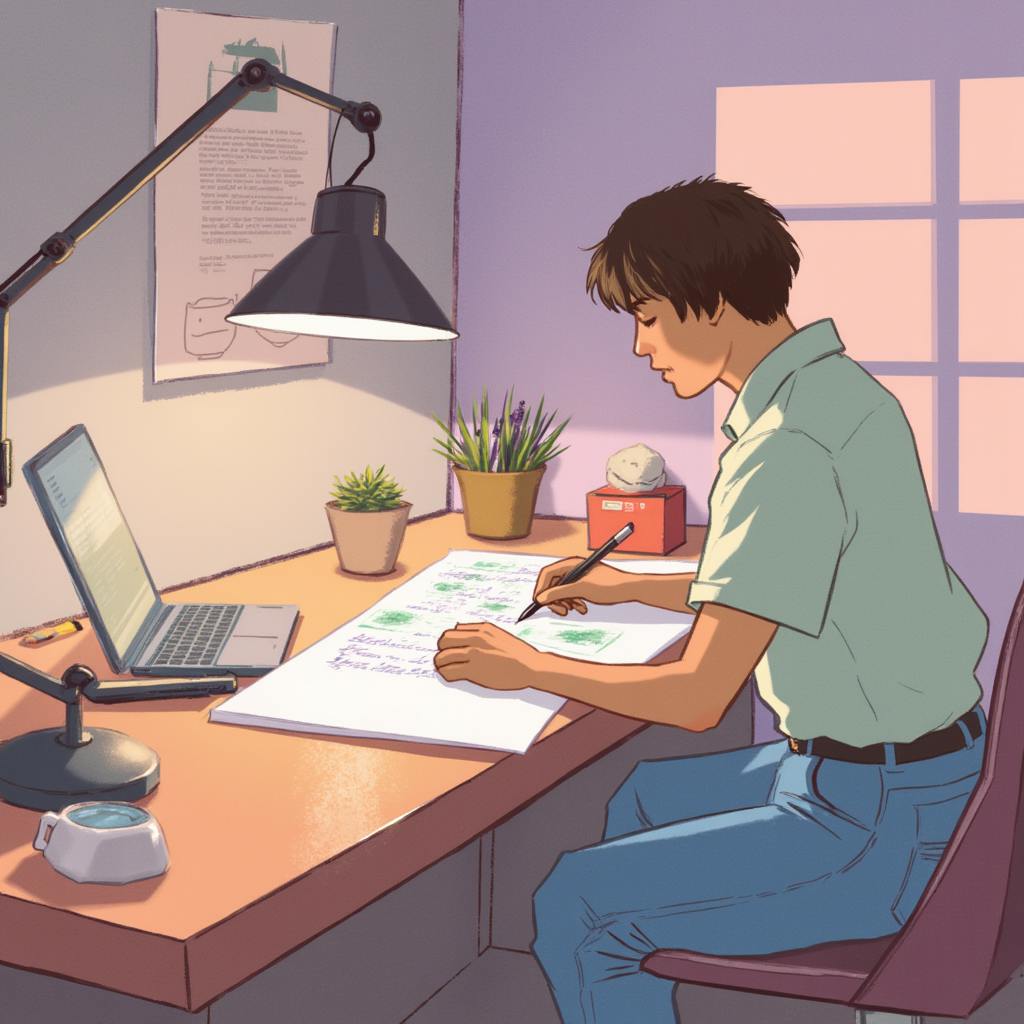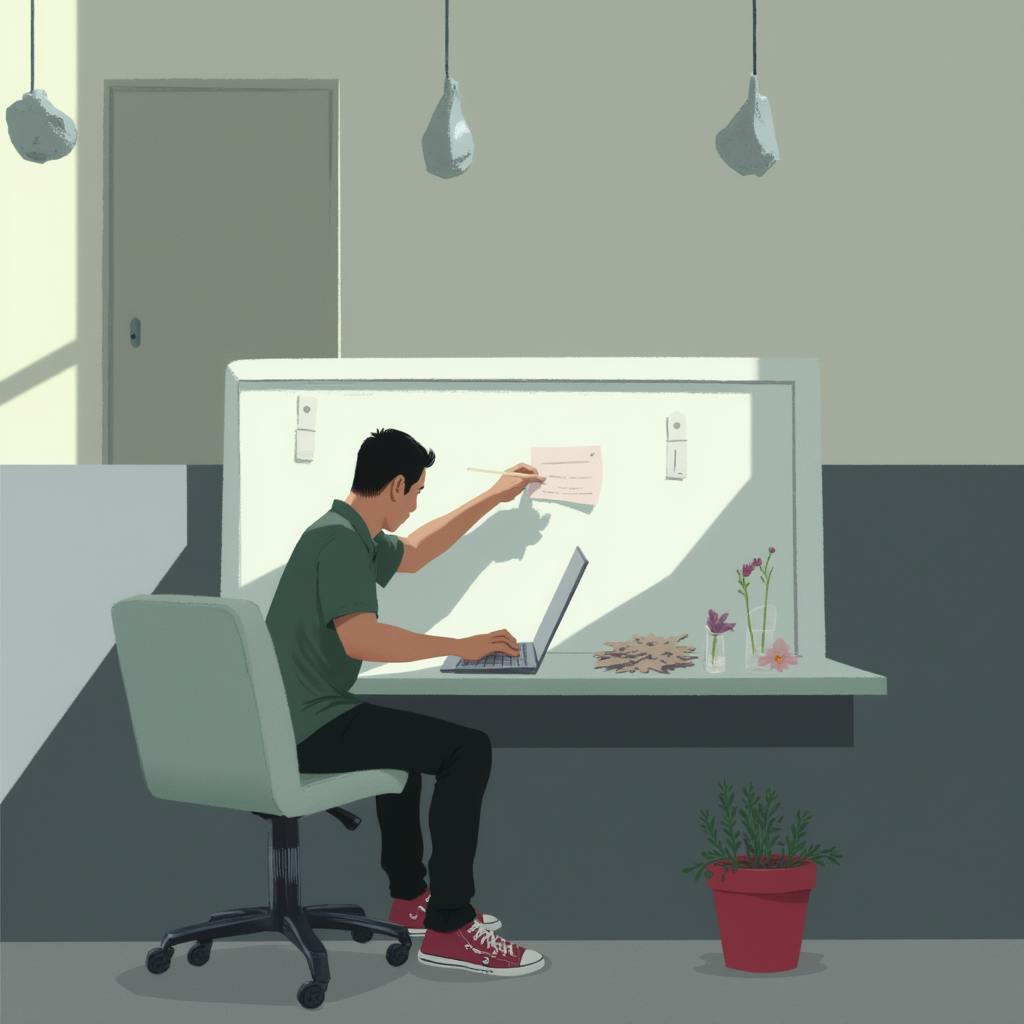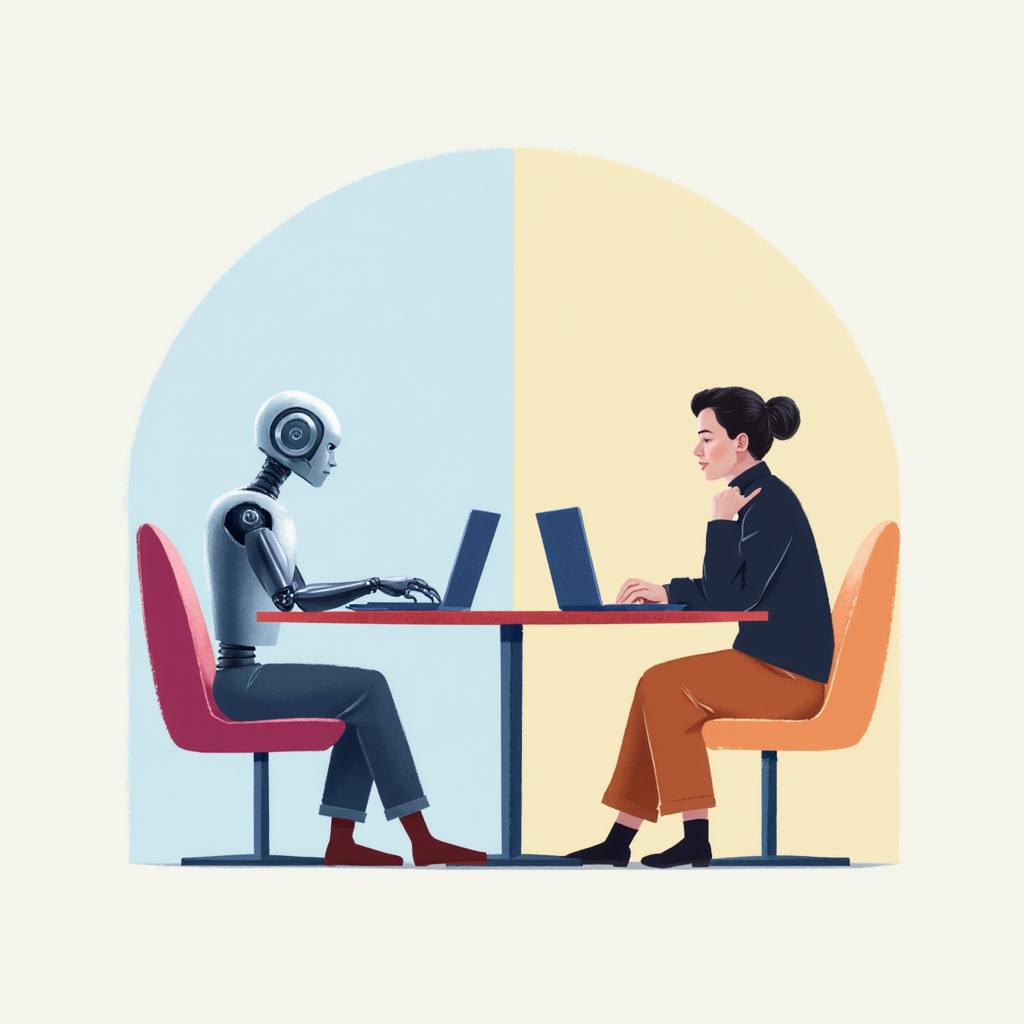In the world of entertainment and media, many people ask, what is a concept artist? This creative role is essential during the early stages of creative projects like movies, video games, and animations. A concept artist—sometimes called a concept designer or visual development artist—helps shape the first look and feel of these experiences. They turn ideas into sketches or digital images that guide the overall style. Their work becomes the visual starting point for everything that follows, making their role a key part of the creative process.
Understanding the Role of a Concept Artist
What Does a Concept Artist Do?
A concept artist is a visual storyteller. They take ideas from scripts or early plans and turn them into artwork that shows what a scene, character, or setting could look like. These visuals help directors, producers, and designers understand the creative vision before full production begins.
Their job is more than drawing. A concept artist sets the tone and mood of a project. They help others imagine the world the team is building—whether it's a fantasy landscape, futuristic city, or animated character. Their illustrations act as a guide for everyone involved in the project.
Tools and Techniques Used
Concept artists use both traditional sketching and modern digital tools. Software like Adobe Photoshop or Corel Painter is common. These tools allow artists to add rich detail and polish to their work.
To succeed, concept artists need strong skills in areas like anatomy, lighting, color theory, and perspective. These basics help bring designs to life in a way that feels believable and engaging. Whether they’re creating environments, props, or characters, attention to detail is key to making each design feel real.
The Process of Concept Development
Collaborative Creativity
Concept artists don’t work alone. They’re part of a larger team that often includes writers, designers, and other artists. The process usually starts with a group meeting to define the project’s story and visual goals. From there, the concept artist begins sketching early ideas, turning rough drafts into more polished designs over time.
Feedback and Adaptation
Concept design is an ongoing process. Artists regularly share their work, receive feedback, and make changes. This back-and-forth ensures that every design matches the story and style of the project. That’s why being flexible and open to revisions is so important for anyone in this role.

AI made with Dean Jones
Key Skills for Concept Artists
To succeed as a concept artist, strong drawing and painting skills are essential. A solid understanding of color, composition, and visual storytelling helps bring creative ideas to life. Most professionals in this field are also skilled in using digital art tools like Photoshop or Procreate. Just as important are soft skills—good communication and the ability to collaborate with teams are crucial for turning concepts into polished visuals that fit a shared vision.
Do You Need a Degree to Become a Concept Artist?
A formal art degree can be helpful, but it’s not required to break into the field. Many successful concept artists are self-taught and rely on strong portfolios to land jobs. What matters most is your ability to show your skills through personal work, freelance projects, or internships. Building a portfolio that highlights your versatility and creative thinking is often more valuable than a diploma.
Where Concept Artists Work
Concept artists are employed in a wide range of creative industries. They play a vital role in film, animation, TV, video game development, and advertising. Whether working in a large production studio, a game company, or as a freelancer, these artists help shape the early visual direction of many different types of creative projects.
Frequently Asked Questions: Understanding the Role of a Concept Artist
Who is a concept artist and what do they do?
A concept artist is a visual designer who creates artwork to help shape the look and feel of creative projects. These projects include video games, films, animations, and television shows. Concept artists design characters, settings, and objects, providing the first look at what the final visuals might be.
They work closely with directors and other creative team members. Starting with simple sketches, they refine their ideas into detailed illustrations. This visual work helps guide other artists and developers during the production process.
What is the concept artist's role in a creative project?
Concept artists play a key role in the early stages of any creative project. They are responsible for turning written ideas into clear visual designs. Here's what they do:
- Idea Development: They brainstorm and sketch ideas based on the project’s goals, offering several options to explore different directions.
- Design Creation: They produce detailed artwork that sets the style and tone for characters, scenes, and objects.
- Style Consistency: Concept artists help keep the visual design consistent across all parts of the project.
- Problem Solving: They work with other teams to fix design issues and improve visual storytelling.
Their work ensures that everyone on the team has a shared vision from the beginning.
What skills are needed to become a concept artist?
To be a concept artist, you need a mix of creative and technical skills:
- Drawing and Painting: Strong skills in illustration, color use, and composition are essential.
- Imagination: You must be able to create fresh, original ideas and bring them to life visually.
- Digital Tools: Most concept artists use software like Adobe Photoshop or Clip Studio Paint. Knowing some 3D tools like Blender can also help.
- Team Communication: Explaining your ideas clearly, both through your art and in conversation, is key when working with others.
- Attention to Detail: Small details matter. Your designs need to match the project’s goals and visual style.

AI made with Dean Jones
How to Start a Career as a Concept Artist
Breaking into concept art takes time, practice, and the right connections. Here are some steps that can help you get started:
Education and Training
A degree in fine arts, illustration, or a similar field can be helpful. But formal education isn't required, many successful artists are self-taught or have learned through online courses that focus on concept art.
Build a Portfolio
Your portfolio is the most important tool when applying for jobs. Include a range of work, such as characters, environments, and props. Try to match your samples to the type of industry you’re aiming for—games, film, or animation.
Gain Experience
Work on small or independent projects to gain practical skills. You can also join contests or contribute to group projects. These help you build confidence and add real-world work to your portfolio.
Network
Join online communities, go to industry events, and connect with other artists. Talking to professionals and getting feedback can open doors and teach you more about the industry.
Apply for Entry-Level Roles
Look for internships or junior positions in studios. These jobs give you experience, help grow your skills, and can lead to more advanced roles later on.
Starting a career as a concept artist may take time, but with the right effort and strategy, you can build a rewarding path in this creative field.
Conclusion
So, what is a concept artist? At their core, they are visual storytellers who turn abstract ideas into powerful images that guide the direction of creative projects. From movies and video games to animation and advertising, concept artists play a key role in shaping the look and feel of what audiences eventually see. Their mix of imagination, technical skill, and teamwork helps bring stories to life. By understanding their role and how they work, it becomes clear why concept artists are essential in the early stages of any creative production.

